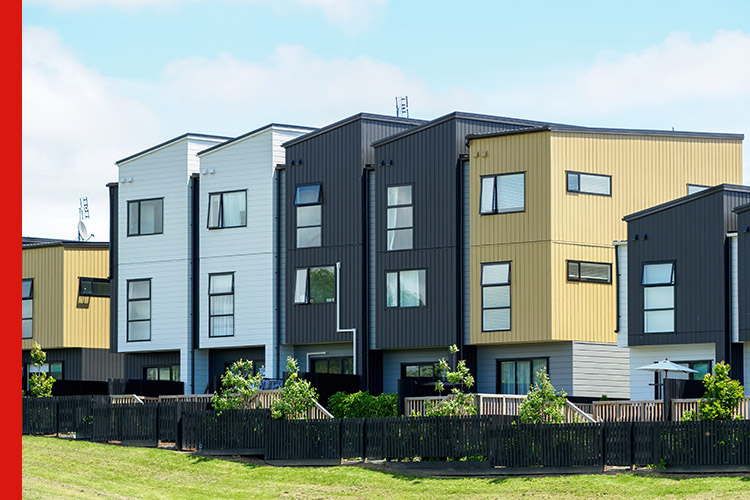
The main driver of inflation hitting a 32-year high of 7.3% for the year ending June 2022 was, according to Stats NZ, the housing and household utilities group.
And within that group, Stats NZ singled out the rising prices for construction (18% increase June 2022 v June 2021) and housing rentals (an increase of 4.3%).
While constructions costs, and the reasons for it, are widely discussed and analysed, the same cannot be said for the factors contributing to housing rental increases.
To put the rental situation into context and dollar terms, the average cost of renting a three-bedroom home in the Auckland region* at the end of June was $626 a week, which is $18 a week more than at the same time last year.
Within Auckland itself, the average by location ranged from a high average of $886 for central Auckland to a low average of $576 for South Auckland.
Over the past decade there have been three broad factors contributing to the rising cost of private rental accommodation – rising house prices, costs associated with upgrading the rental stock and the business treatment of private rental accommodation.
The rising cost of housing is a complex, multi layered issue and unlike some I do not see private investors being a key contributor to rising house costs. It has some influence, but it is well down the list of reasons why prices have risen so strongly in the last 20 years.
The recent requirements for the rental housing stock to be upgraded was needed, and in the main the changes were reasonable and will definitely contribute to a healthier living environment for a great number of people.
The area of contention for me is the combination of initiatives designed to make investing in residential housing less financially attractive, particularly the 10-year bright line test and changes to the tax treatment of interest costs.
Contrary to the belief of many non property investors, from a cash flow perspective, being a landlord is not the quick road to riches. Based on our data, an investor with a 3-bedroom property is achieving on average a gross yield on their investment of 2.7%.
What makes the investment more appealing is the potential for capital gain. But capital gain is also part of the attraction of investing in other forms of assets such as shares or managed funds (including KiwiSaver).
I am firmly in the camp that believes private investment in residential housing living alongside state, council and community housing is a positive.
It gives those that want to rent at a certain period of their life an alternative option; provides a range of price brackets from the modest to super expensive; and gives people flexibility as they progress through various life cycle stages.
Not everyone wants the commitment or being bound to a specific property at every stage of their life cycle.
What many people want is the ability to rent a property that meets their current needs at a price they can afford, in a location of their choice and for as long as they want.
And this is a market segment best met by the private sector.
At present, the balance around meeting people’s accommodation needs is out of kilter. There are far too many people who want to buy their own home but can’t afford to for financial reasons or want to rent long-term the limited availability of state, council or community housing.
What does not help to meet the need of these two groups is making private sector investment in residential housing less financial attractive.
Private investors will continue to see property as a legitimate part of their long-term investment strategy (an approach financial advisers have long advocated) and will simply look to maximize their returns whenever and however they can, which inevitable means rising rents.
*Based on Barfoot & Thompson data of more than 16,500 rentals, covering existing and new agreements.
Peter Thompson
Managing Director, Barfoot & Thompson

